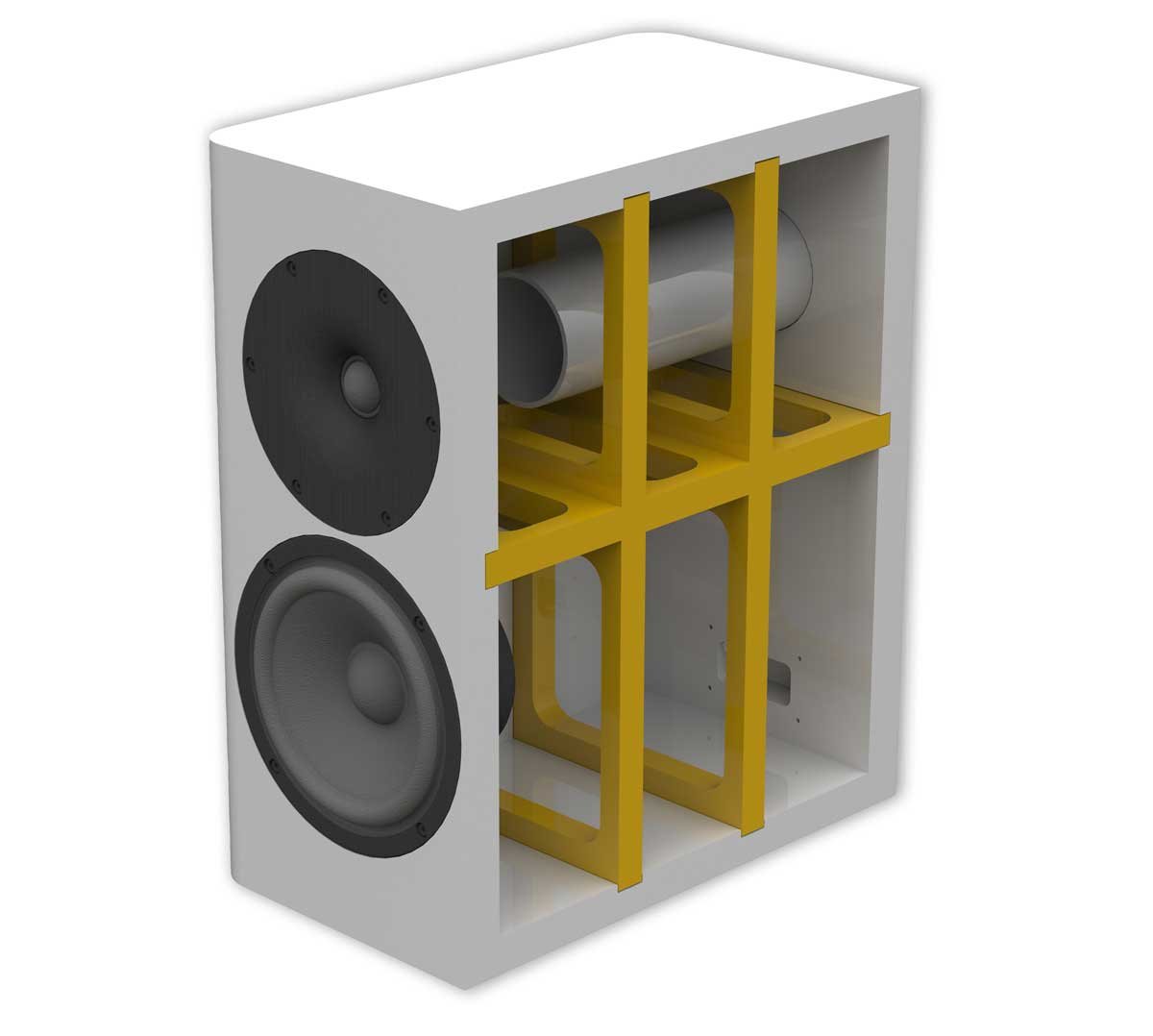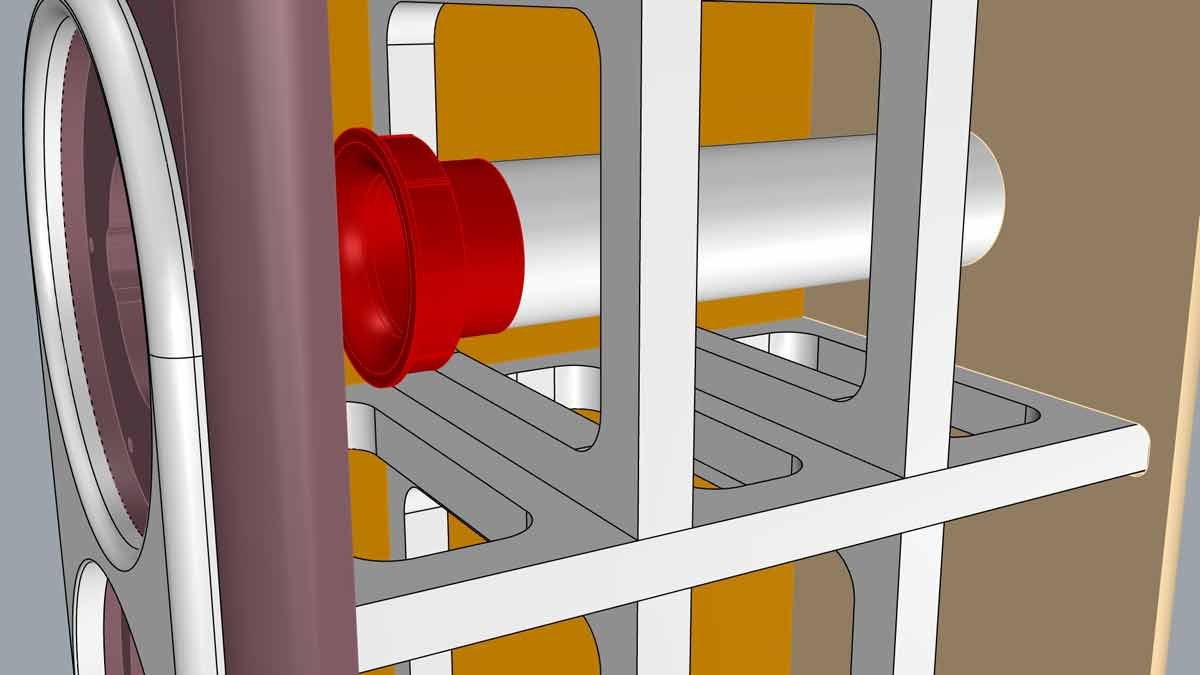In the realm of audio reproduction, the pursuit of sonic perfection is an unending symphony. Every note, every nuance, and every resonance must be meticulously crafted to orchestrate an immersive auditory experience. At the heart of this pursuit lies the design of loudspeakers, where every component plays a crucial role in shaping the final soundstage. Among these, internal bracing and cabinet thickness stand as stalwarts, fortifying the structure against the disruptive forces of unwanted resonances. In this discourse, we unravel the significance of extensive internal bracing and thick cabinet walls in loudspeaker design, delving into the depths of their impact on sonic fidelity.
Resonances, those elusive vibrations that stealthily infiltrate the purity of sound, are the nemesis of audio engineers. They arise from the cabinet walls themselves, triggered by the powerful movements of drivers and the dynamic range of audio signals. Like ghosts haunting a performance, these resonances manifest as colorations, muddying the clarity and distorting the timbre of reproduced sound. However, armed with the armour of internal bracing and robust cabinet walls, loudspeakers stand resilient against these intruders, preserving the integrity of the audio signal.
The cornerstone of this defence lies in the reinforcement provided by internal bracing. Much like the skeletal framework of a building, internal bracing fortifies the structural integrity of the cabinet, mitigating the propagation of resonances. By strategically placing braces within the enclosure, engineers create a labyrinth of support, dispersing vibrational energy and preventing the formation of standing waves. This meticulous craftsmanship ensures that the cabinet remains steadfast in the face of acoustic onslaught, allowing the drivers to faithfully reproduce the intended sound without interference.
Moreover, the thickness of cabinet walls plays a pivotal role in shaping the sonic landscape. Opting for a substantial 25mm thickness imbues the enclosure with an inherent sturdiness, akin to the robust walls of a fortress. This denser construction acts as a barrier against resonant frequencies, dissipating energy and quelling unwanted vibrations. As a result, the cabinet becomes an inert platform, providing a stable foundation for the drivers to articulate the subtleties of music with precision and clarity.
In the quest for acoustic nirvana, every design decision carries profound implications for the final sonic tapestry. Extensive internal bracing and thick cabinet walls emerge as unsung heroes, fortifying loudspeakers against the insidious influence of resonances. It is in this light that we turn our attention to the Cymatics 6 stand-mount loudspeaker by Development Audio.
The Cymatics 6 exemplifies the meticulous implementation of extensive bracing and thick cabinet walls. Through internal photos, Development Audio illustrates the intricacies of their design, showcasing the careful placement of braces and the robust construction of the cabinet. This dedication to craftsmanship ensures that the Cymatics 6 stands as a paragon of sonic excellence, delivering a pristine audio experience free from the distortions of resonances.
Through their steadfast defence, internal bracing and thick cabinet walls uphold the sanctity of sound, allowing music to transcend the confines of mere audio reproduction and evoke emotions with unparalleled clarity. As we embark on this sonic odyssey, let us heed the call to embrace the importance of robust construction in shaping the symphony of sound. For in the realm of audio excellence, the foundation of fidelity lies in the steadfast resolve to silence the echoes of resonance and unveil the purest essence of music.



